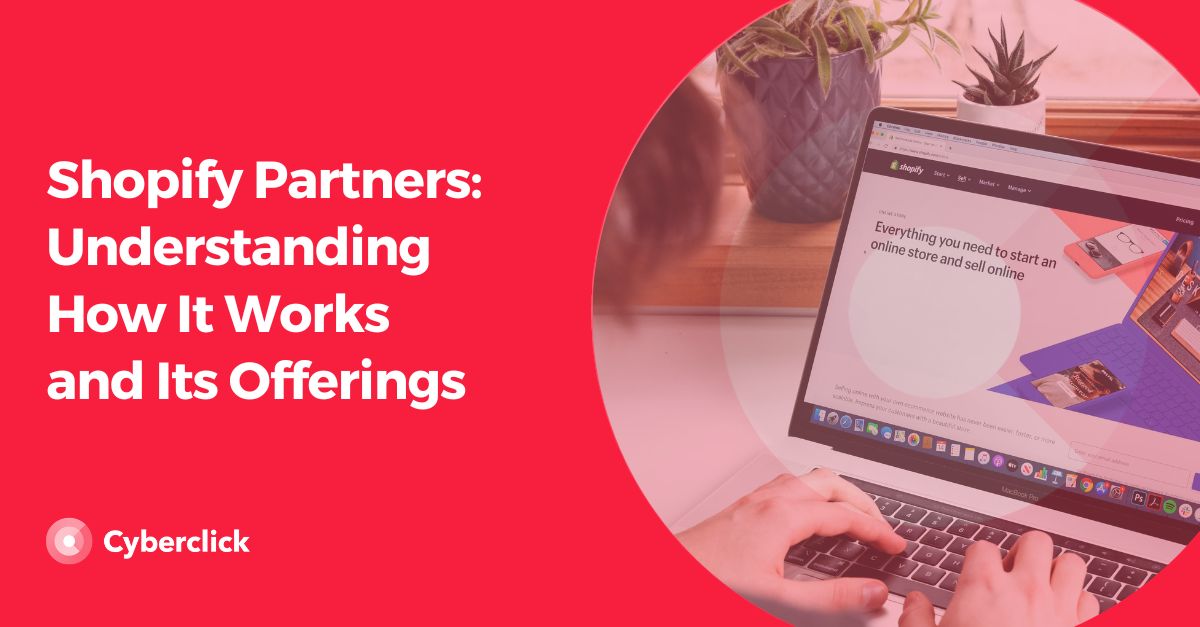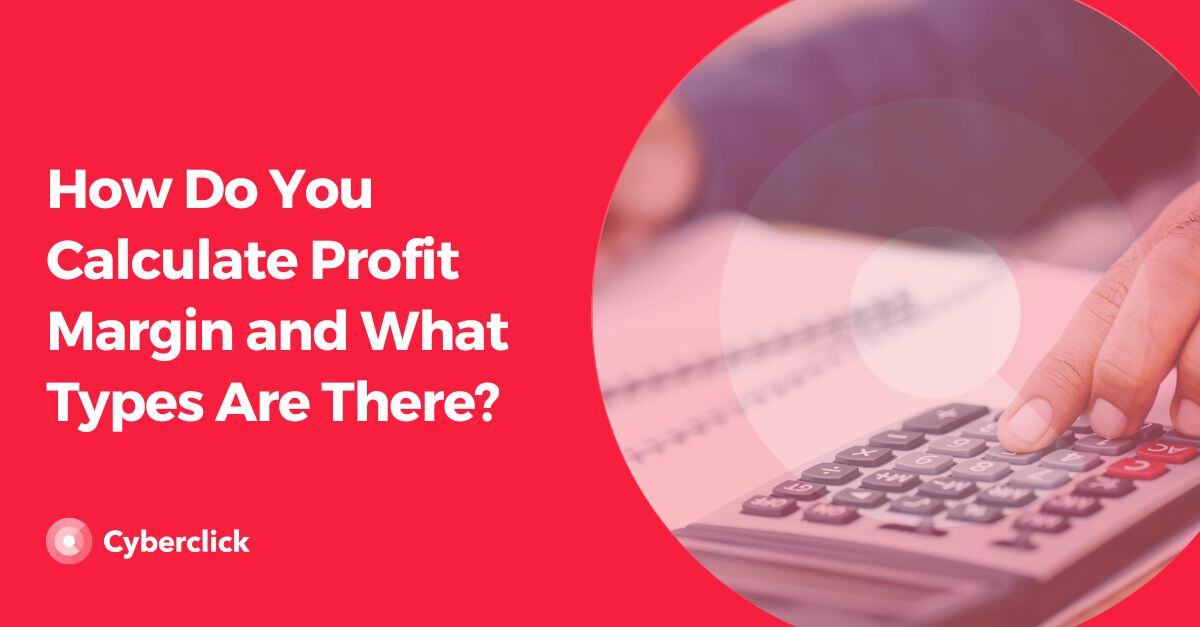Creating a lead generation campaign using TikTok ads can be a powerful way to use social ads to gather contact information from potential customers directly on the platform. Similar to other platforms such as Meta Ads, TikTok Ads also offers lead generation campaigns, where you can lead users to an in-app “Instant Form”, or redirect them to your website where they can leave you their information. This feature is useful for any businesses looking to expand their customer base and collect valuable data such as email addresses, names, or phone numbers directly from people potentially interested in your business. Let’s take a close look at how to run these campaigns.
Understanding Your Lead Generation Options on TikTok
The main principles of launching this kind of campaign are similar to any other. Once you are clear on your campaign objective (generate leads) and channel (TikTok), you will need to decide how you want to carry this out. As we mentioned, the lead generation campaign option on TikTok allows you to generate leads via two different options:
- A personalized instant form within the platform itself, without removing the user from TikTok
- Leading them to your website upon clicking on the ad, where they will find a form they can fill in to generate the lead, using the TikTok pixel to track and optimize the campaign
The first step will be to decide which of these two models you want to follow. There is no right answer, but each format offers its own advantages and setbacks. While offering an instant form within the platform is generally much quicker and more user-friendly, leading to increased lead-through rates (LTR) and reduced Costs per Lead (CPL); it also requires less effort from the user, which can potentially lead to lower quality. You won’t need to worry too much about linking these leads to your CRM, as TikTok offers options to sync these forms with your CRM using LeadsBridge, Zapier or Custom APIs.
Leading users to a website, on the other hand, implies more dedication from the user (leaving the TikTok app, waiting for the website to load, filling in the form, etc.), which can imply higher costs per lead, but also higher quality leads. It is important to keep in mind that for this second option, you will need to have a landing page or website prepared with the form, install the tracking pixel, among other things, which can require more effort from the advertiser.
Step-by-step for Lead Generation Campaigns on TikTok
Creating the campaign
-
Choose the Lead Generation campaign objective for your new campaign.

-
Once you have created an Ad Group within the campaign, select your "optimization location". This is where you decide whether to use the in-app instant form, or a form on your website.

Redirecting users to a website
-
If you want to direct users to a form on your website, be sure that you have the TikTok pixel implemented on your website, and create an event associated to the submission of the form you want users to fill in. This is how you make sure users are taking the proper action once they reach your website, and how Tiktok’s algorithm will know how the campaign is going and which users to target. It will also allow you to create custom audiences based on people who visit your website.
For Lead Gen campaigns redirecting to your website, you can skip the next steps regarding using an instant form, and continue with your campaign setup as you would any other campaign: set up targeting, bidding, budgeting, and campaign schedule and then move on to designing and configuring your ads.
Using an Instant Lead Form
-
If you are interested in using Instant Forms, you are going to start by creating and configuring your ad group (defining targeting, bidding, budgeting and schedule), as you would in any campaign. However, on the Ad level, in the “Destination” section, you are going to either create a new instant form or attach an existing one.
-
To create an Instant Form, you can either do so by creating a new one from the "Destination" section on your ads, or by accessing the “Tools” section in the Ads Manager, choosing “Instant Page”, “Create”, and then “Instant Form”.
-
You will then choose the layout you want to use for your form. You have a few options here:
-
Classic Layout: Here you can choose between a Simple Form (a short introduction + questions, the most basic option, a Rich Content Form (has the option to add custom content blocks, allowing you to personalize your form further) or a Blank From (a blank canvas to which you can add any custom blocks to work your magic!)
-
Card Layout: presents custom questions to users on separate cards, creating a more engaging and in-depth experience, recommended for longer forms
-

-
Next, you will configure the color scheme and language of your form.
-
In the content tab, it will be time to define the actual contents of your form:
-
Banner: Use a static image or carousel to visually represent your brand on the form
-
Introduction: This is an optional section where you can offer users a short introduction or explanation as to why you are asking for their data. We recommend making it clear what they will receive in exchange for their information!
-
Questions: This is where you will add the questions you want to ask users in your form. Remember, the more questions you ask, the more detail you will have but also the more expensive each lead will likely become, it's important to find a balance. You can ask for personal information (contact details, demographics, work info, etc., which, when possible, can be auto-filled by the platform) or custom questions (short answer, multiple choice, appointment scheduling, image selection, …), among others.
-
Qualifying Questions: If you wish to add an extra level of quality control, you have the option to add one qualifying question (in form of a multiple-choice question) and categorize users as “preferred” or “not preferred” based on their answers, even sending them to different Final Pages as well.
-
Privacy: This is an important one! In this step you will need to add you company name and a link to your privacy policy, and you can optionally also add a custom disclaimer to gather mandatory or optional user consent.
-
-
Now you will configure the “Final Step” page, where you can provide users with a thank you message, and give them indications on what next steps they can expect. You will also have the option to link them to your website or landing page if they want to keep exploring your brand.
-
Under settings, you will be able to select a Form Type (prioritizing volume or intent), field names and tracking parameters.
-
Save your form. You should be aware that once you finalize your form, the platform does not allow you to go back and edit it. If there is anything you wish to change, we recommend creating a new duplicate of your form and making any necessary changes. Be sure to edit your ad (if you already have it linked) to link it to your new form!
-
If you already have your CRM linked to TikTok via one of the options we mentioned above, be sure to click on “Connect to CRM” in order to have your leads automatically integrated into your CRM. Alternatively, you can look into integrating your CRM, or download and manage leads manually as they come along (although we recommend the first option).
Creating lead generation ads
-
The process of creating your actual ads will be similar to that of any other campaign! Upload your creatives (for TikTok, we highly recommend vertical video formats), copies and Calls to Action.
-
As always, we highly recommend that it be clear in your ad and creatives what is expected of users and what it is they will find once they click on your ad. In the case of lead generation, the information provided in the ad should make it clear that by clicking, they will be led to a lead form, whether in-app or on your website, (you can use CTAs such as Subscribe or Sign Up, for example). It should also be easy to understand what it is they are signing up or registering for, or what they will obtain in exchange for their information. Are they signing up for a newsletter? Accessing gated content? Requesting contact with a salesperson?
Analyzing & optimizing the campaign
-
Once active, keep a close eye on results to see how your campaign is going. Keep in mind that the algorithm will bring your campaign through an initial learning phase, in which results will be unstable and volatile as the campaign learns and auto-optimizes, searching for the right audience. Avoid making too many changes in this initial phase and wait until your campaign has exited the learning phase to make any crucial decisions based on results.
-
In order to measure the success of your lead generation campaigns, be sure to keep an eye on more generic metrics (such as CPM, CTR, and CPC), but also more specific metrics, such as LTR (Lead Through Rate), CPL (Cost per Lead), CPQL (Cost per Qualified Lead) and the overall volume and quality of the leads generated during your campaign.
- Apply any changes you deem necessary to increase the results and continuously improve your campaign based on real-time results and feedback!
Your campaign is now up and running, but this is just the beginning! What you do with the leads you have generated once you have them is just as important as capturing them. Be sure you are making the best possible use of your efforts, and transforming these leads into opportunities for your brand. Click here to keep reading about lead nurturing and 12 sales tactics to increase sales from leads.
Content & Marketing Strategist en Cyberclick. Apasionada por la comunicación, la generación de contenidos y el mundo audiovisual. Graduada en Periodismo por la Universidad Autónoma de Barcelona.
Content & Marketing Strategist at Cyberclick. Passionate about communication and content creation. Tanit holds a degree in Journalism from the Autonomous University of Barcelona.






Leave your comment and join the conversation